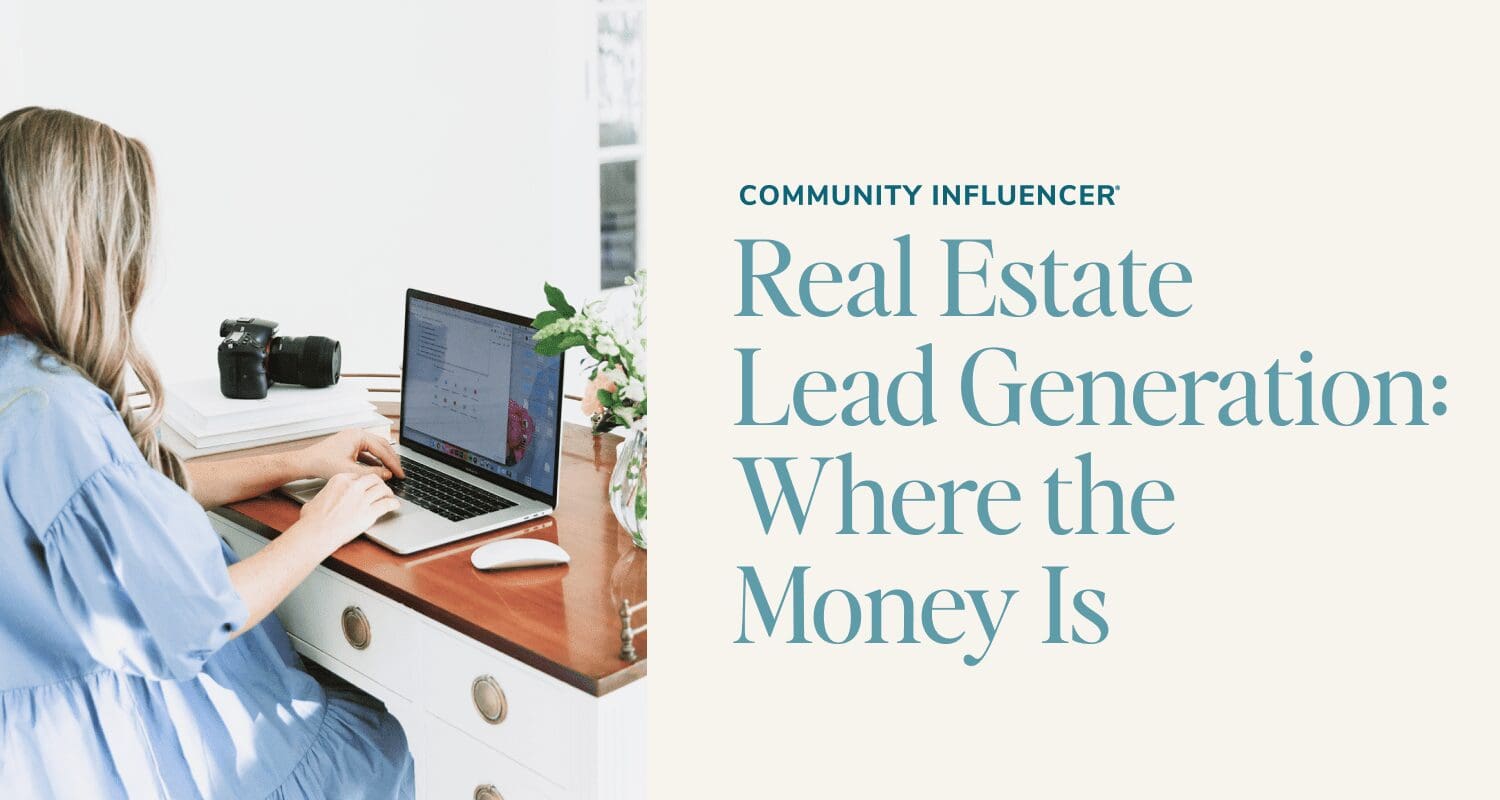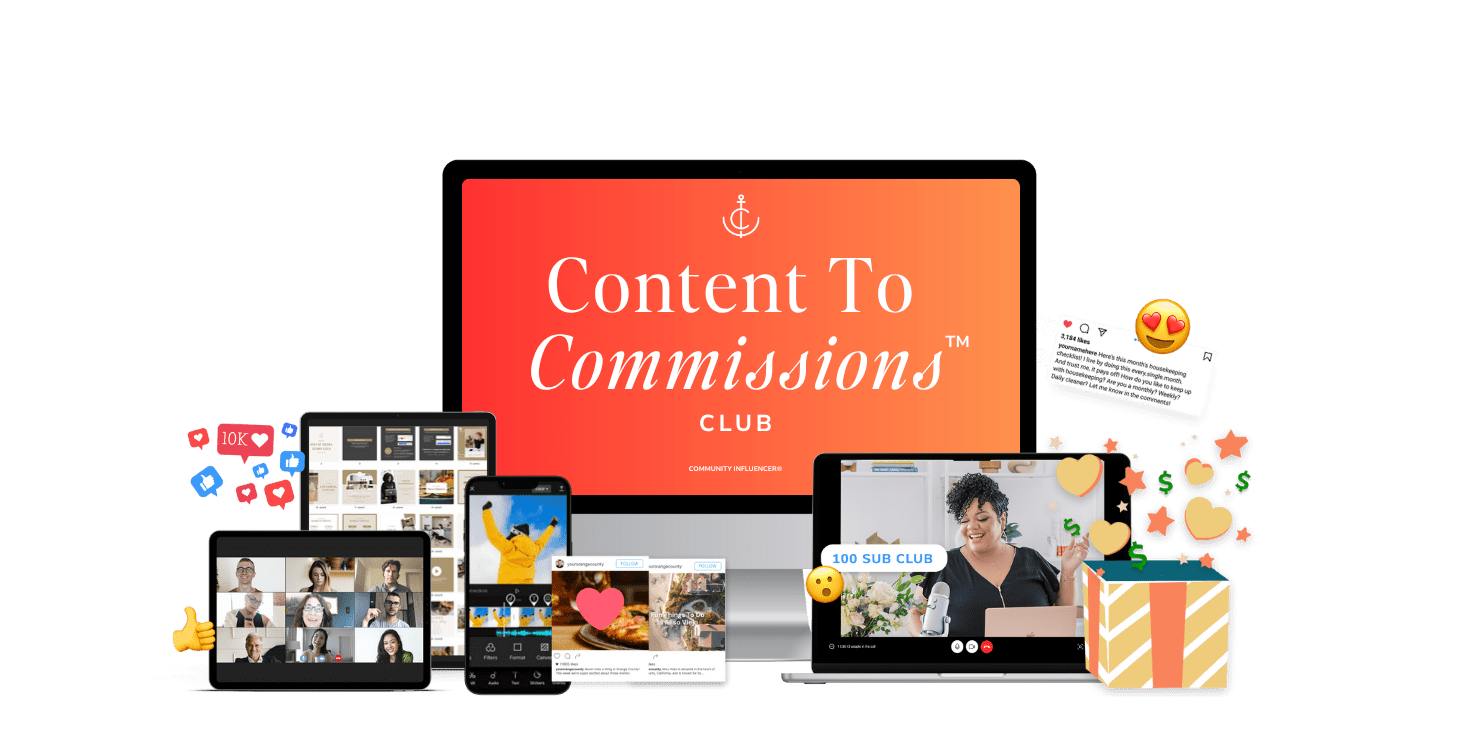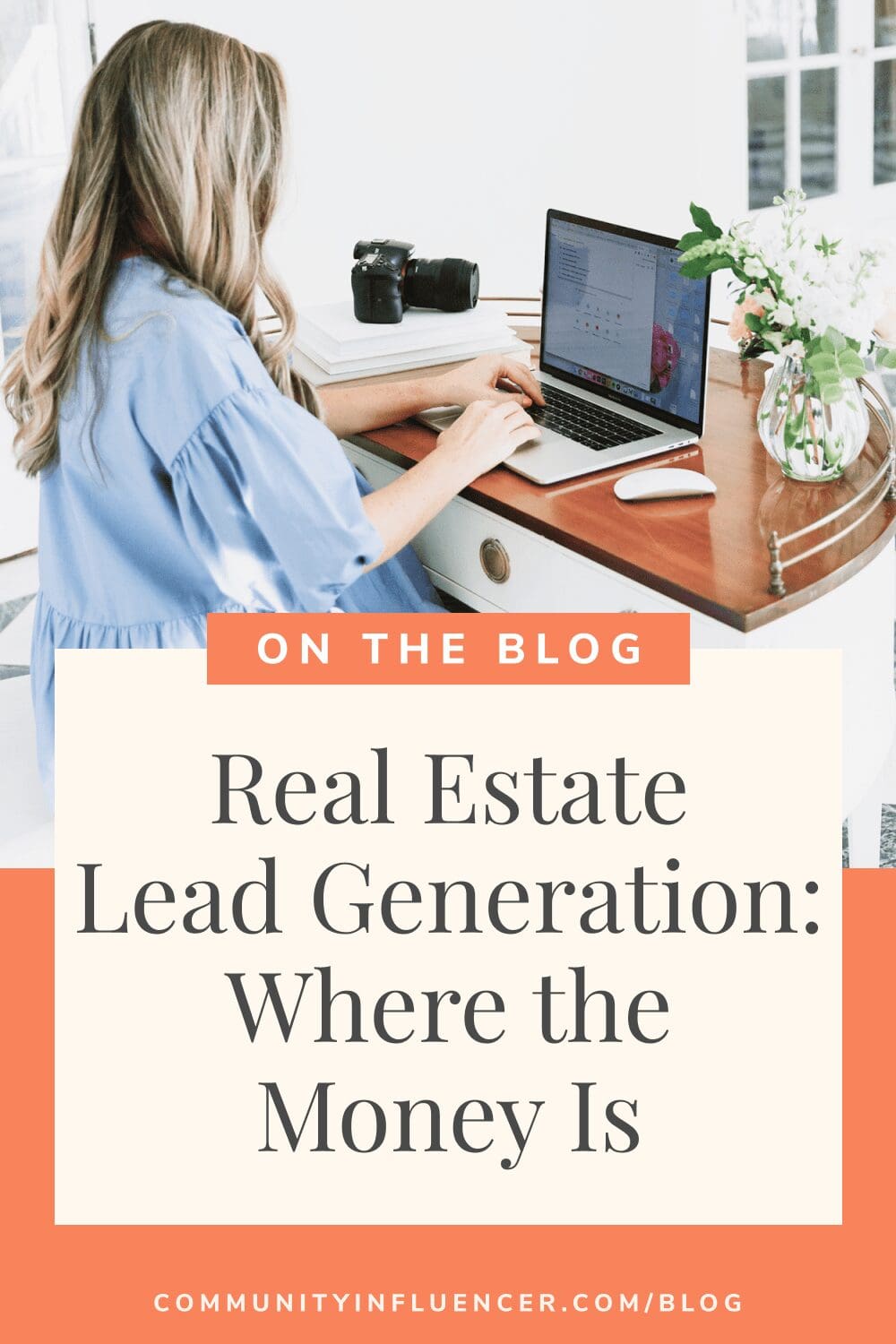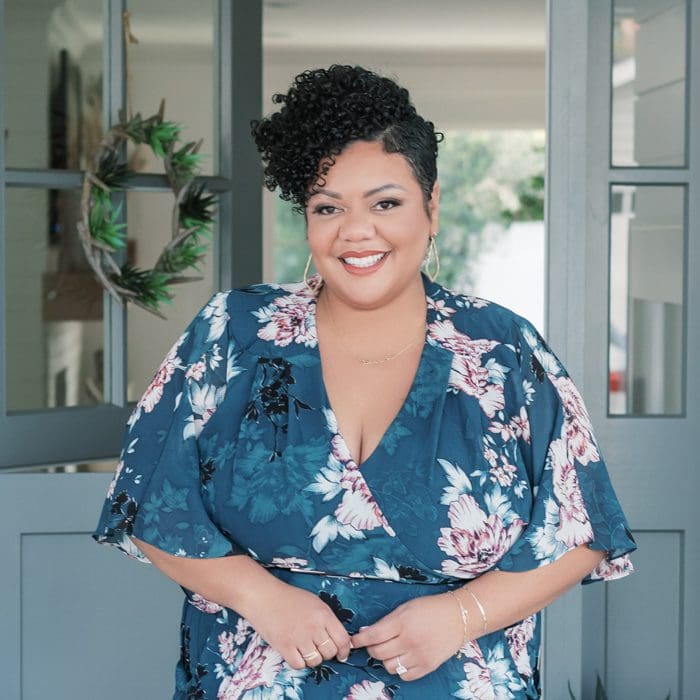Most real estate lead generation is geared towards brand new clients who are ready to buy or sell right now. But that’s not where the money is. And by following this mindset, you’re not going to grow your real estate business. You’re going to hurt it.
If You Do This Now, You’ll Hate Yourself Later
When I first became a real estate agent, a seasoned agent in my office broke down his entire real estate lead generation strategy for me. He followed what his coach told him do… door knock, all day, every day – literally.
If someone opened the door, he collected all of their information as soon as possible. If they were ready to buy or sell, he gave them all his attention and closed the sale soon after.
And if they weren’t ready to buy or sell, he would throw the contact information in the trash. His philosophy – it’s not worth your time to follow up.
This agent had followed his coach’s instructions diligently and had been in business for a long time doing it.
And as a new agent, I always wished that I could follow behind his trail, picking up all of the pieces of paper, he threw to the ground along the way.
Because he was throwing away money.
Everybody Is Doing It
You may be thinking that this strategy sounds crazy, but I guarantee that you’re doing it in some way, shape, or form. In fact, almost all real estate marketing is geared towards people who are ready to buy right away.
You may not be throwing your database in the trash, but this marketing mindset is ingrained in agents from the day they start and it shows up in other ways…
It shows up when agents demand phone numbers from their leads immediately without ever bothering to build a relationship with the leads first.
It shows up when people are thinking about investing in my Academy, but before they do, they email my team and demand to know exactly how long it will take them to get their first transaction.
It shows up when you use insane follow-up strategies like the ones that require you to badger a lead until they “buy or die.”
But the majority of your leads are just thinking about buying or selling a home. And that makes sense, right? For most people, it will be the largest purchase of their entire lives, so they need to think about it for a while before they decide.
Real Estate Marketing Is Like Dating
You need to understand that marketing is like dating. Getting married is one of the most important decisions you’ll ever make in your life. So most people don’t marry someone the second they meet.
Instead, they take time to get to know each other, think about it, then decide.
But for some reason, when we build relationships online, all of the social constructs that have governed our behavior since birth, get thrown out of the window. And it’s ridiculous.
So if you think about online marketing using this same social construct, then it would be totally inappropriate for you to demand that someone work with you the moment they meet you.
That would be like asking a person you just met in line at Starbucks to marry you.
Is it possible that some people may instantly connect with you and hire you as their agent? Maybe. Is it probable? No.
Typically, only about 20% of the leads that you encounter will be ready to buy or sell right now. The other 80% need to be nurtured for weeks, months, and even years.
Everyone always goes after the 20%, because they aren’t willing to take the time to nurture the 80% – which means that they’re leaving 80% of their revenue on the table.
The Fortune is In the Follow-Up
The question becomes, not should we follow up with the 80%, but how do we follow up with the 80%?
The entire point of your lead nurture plan should be to accomplish the following:
- Show your clients the best way to get from point A to point B. So point A is where they are right now (i.e. “thinking about it”) and point B is where they’ve decided to make a move. For buyers, it’s buying a dream home. For sellers, it’s typically getting as much money from their current home in the shortest amount of time possible. So the first purpose of your follow-up marketing is to show them the simplest way to get from A to B.
- The second purpose of your marketing plan is to associate yourself with this process, so they think of you when it’s time to buy or sell. When they move out of the thinking stage and into the deciding stage, you want them to decide to choose you – instead of a competitor.
- The third purpose is to build trust. The easiest way to overcome natural skepticism is not with cheesy sales tactics, but by simply knocking down any barriers or biases they may have about choosing you. If you’ve helped them prior to hiring you, the chances of them actually hiring you increases significantly.
- The fourth purpose of your follow-up marketing is to make your job easier by conditioning their mindset about the real estate process. A buyer will be so much easier to work with when they’ve consumed all of your content and are well-informed about the buying process. Sellers are easier to work with when your content has already done the heavy-lifting of managing expectations. Many of our students are getting “come list me” leads because they’ve removed all of the barriers BEFORE the lead even contacts them.
How To Turn Their Trash Into Revenue
If you’re willing to go after 80% of leads that no one else wants, you will need an effective follow-up plan. This plan should entail creating content that educates people on the following:
- What their point A looks like
- What their point B looks like
- How to get from their A to their B
- Quick ways to overcome their natural skepticism about the process
- Tips on how to overcome their natural skepticism about choosing you
You can promote this content on any (and all) of the following platforms:
- Facebook Retargeting Ads
- Email Marketing
- Blog Posts
- YouTube Videos
- Social Media
By following this strategy, this is what’s going to allow you to build relationships with thousands of people at once – without being pushy, salesy, aggressive, or sleazy.
The Power of Building Relationships
In business, you need to leverage any competitive advantage that you have.
Your biggest competitive advantage is that most of your competitors are unwilling to put in the work to follow up with leads consistently. And unwilling to wait for the fortune that comes from following up correctly.
When I started this show, I had no idea how much it would affect our bottom line. And the result is that it has allowed me to build a rock-solid relationship with you.
And I know it, because I’ve been to more than 20 conferences this year, and at every single conference, someone has recognized me. When they come up to me, they ask me questions about Howard (my husband), Penny (my dog), the restaurant we ate at last week, or the retreat I took my team on in Redondo last September.
I’m meeting this person for the first time, and yet, they can remind me of special moments that have occurred in my life. Moments that I had forgotten even happened. The members of my community know me, trust me, and root for me. It’s truly unbelievable.
This is the power of building relationships at scale.
I teach this in my Community Influencer® Academy, and every day, my students tell me that they are getting sales from their follow up marketing.
Krista, one of my students in Coquitlam, Canada just told me that she landed the biggest sale of her career because she followed up with a lead from Instagram®. Yes, a high-end, luxury property, with no phone number, no email address, just purely Instagram DM’s back and forth for a year.
Stories like this are why I teach what I teach. And why our students are successful.
Don’t Leave Revenue On the Table
The bad news is that, when you only go after the leads that are ready to buy right now, you’re leaving most of your revenue on the table.
The good news is that you can build amazing relationships with people online, and over time, these relationships will blossom into more leads, sales, and referrals than you can handle.
But you have to be willing to put in the work. Most agents don’t, because they’re too short-sighted – and, ultimately, that’s also why they won’t be in business in 5 years.
If you’re in it for the long haul, follow up for the long run.







